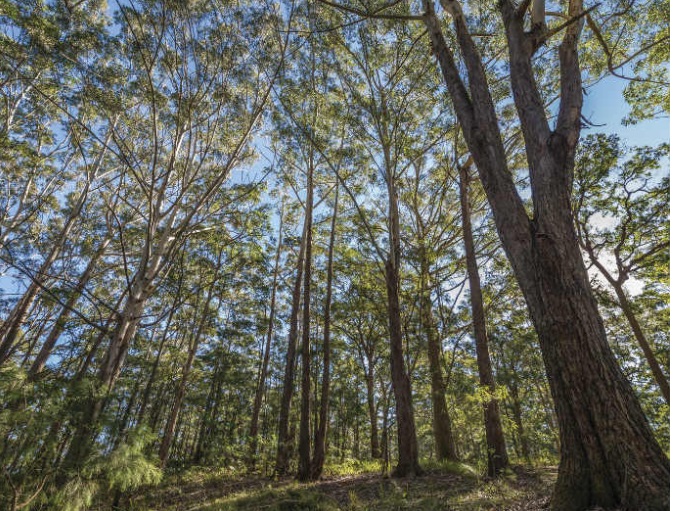The Urban Development Institute of Australia (UDIA) has welcomed a report on a review of the NSW Biodiversity Conservation Act 2016 and has called on the NSW Government to carefully consider any changes to the system in the context of meeting the dual challenges of delivering strong biodiversity outcomes while ensuring the state delivers 375,000 new homes over five years.
The UDIA says the Central Coast is already falling behind projected targets to provide its share of the new housing targets.
The independent review, led by Dr Ken Henry, has found that the current NSW biodiversity system is failing and the UDIA agrees.
It found not only that the NSW Biodiversity Act 2016 was not meeting its purpose of maintaining a healthy, productive and resilient environment, it was too complex and produced too much uncertainty and high compliance costs for development.
“In short, the NSW biodiversity system is ineffective, and we must now work together to fix it in the midst of the current housing supply and affordability crisis, to ensure we can meet the dual challenges of biodiversity conservation and housing delivery,” a UDIA spokesperson said.
The UDIA said the State Government had accepted the Federal challenge to build 75,600 new homes each year over the next five years but it would not be an easy task.
“That housing target is 60 per cent higher than NSW delivered last year and higher than we have ever achieved before,” the spokesperson said.
“For the Central Coast specifically, according to the Central Coast Regional Plan, our current working target is to achieve 1,625 new homes per year.
“The Department of Planning reports we only delivered 1,169 new homes last year, and our approvals are tracking below the previous five-year average.
“While UDIA is pleased that the NSW Government is investing in a Strategic Conservation Plan for the Central Coast, we also need to fix the Biodiversity Conservation Act so we can ensure we protect our local biodiversity while also finding the right places to build new homes.
“To meet the Government’s ambitious National Housing Accord targets, more land will be required for housing.”
The UDIA says the current biodiversity system is a major constraint to delivering housing and a disincentive for investment on the Central Coast.
“UDIA research found that around 60 per cent of housing lots in the Central Coast greenfield pipeline are held up due to the uncertainty, delays and costs built into the Biodiversity Conservation Act,” the spokesperson said.
UDIA NSW CEO Steve Mann said the NSW Government now had a “golden opportunity” to make much-needed changes to the system which could improve regional scale biodiversity outcomes, while allowing industry to move more quickly and build houses.
UDIA made recommendations to the review panel, with many of its suggestions adopted.

These included acknowledging the need to reduce the complexity of the system, improve certainty for development and make biodiversity assessment in NSW faster, easier and cheaper.
The UDIA also recommended increasing the supply of biodiversity offset credits through greater government investment, added incentives to conserve private land, more use of public land (like Crown Land), and a greater emphasis on restoring degraded habitat.
It said restoration of degraded land should be used to generate credits, a more strategic approach should be used to generate truly regional scale biodiversity outcomes.
The UDIA called for improvements to the current bio-certification pathway, which could decrease risks by reducing complexity, time and costs and for clearer guidance on the requirements to avoid and minimise impacts to biodiversity from development, and improving certainty by achieving this early in the planning process.
“UDIA is encouraged by the acknowledgement that the current system is failing and stands ready and willing to work with the NSW Government to use this review as a catalyst for meaningful changes that will improve the environment while also achieving NSW Government goals for housing,” Mann said.
The author of the report will outline its recommendations as the keynote speaker at UDIA’s Hunter Luncheon in Newcastle on Thursday, August 31.
Source:
UDIA



The ‘Central Coast greenfield pipeline’ literally means destroying biodiversity. There is no balance there. Developers constantly fall back on the “housing crisis” as a reason for destroying our natural heritage.. and rest assured, they make good coin doing so.